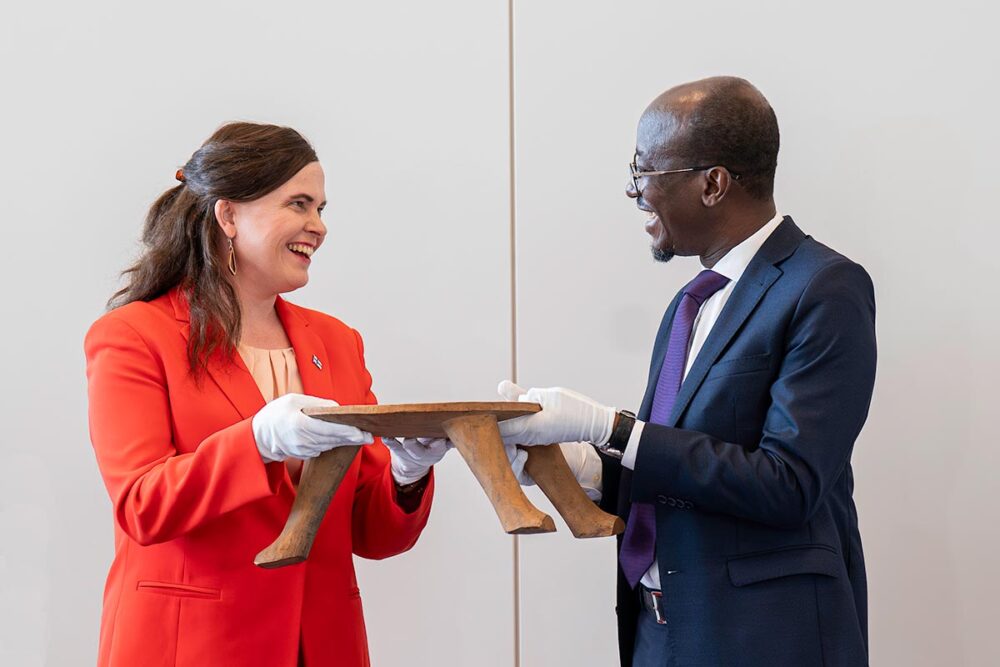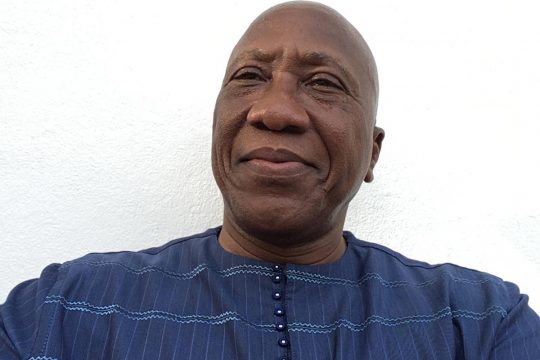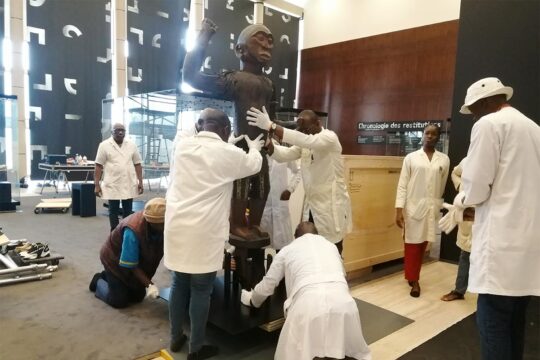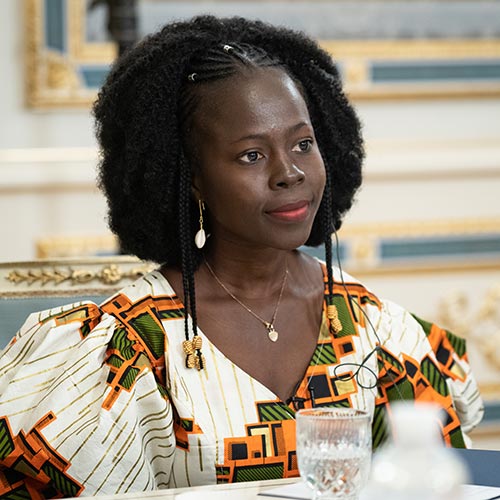Nearly four years after the solemn reception of the 26 royal treasures returned by France, Benin received, on 13 May 2025, a 27th work of art looted during the colonial era. It is a royal stool known as “Kataklè”. Originally held by the Musée de l’Homme in Paris, the artefact was transferred to Finland following an exchange between museums. This restitution comes on top of the previous one, reopening the debate on the fate of recovered cultural property and Benin’s restitution policy.
The Kataklè, a three-legged royal stool used for the coronation of the king, travelled more than 6,000 km to arrive discreetly in Cotonou on 11 May 2025, transported in a grey crate by a Finnish delegation. Unlike the 26 treasures repatriated in 2021, which were welcomed with a parade through the economic capital, Cotonou, and exhibited at the presidency, this time the arrival at the Cotonou airport was totally sober: it happened at night, with no public nor media coverage.
On the morning of Tuesday 13 May, at the Palais de la Marina (the presidency of the Republic), the official reception ceremony was also reduced to the essentials, with few guests, and very few journalists. With gloved hands, the Finnish minister of culture, Mari-Leena Talvitie, handed over the symbolic seat to her Beninese counterpart, Jean-Michel Abimbola, in front of the cameras of a few public service and international media. The Beninese minister took the opportunity to evoke the symbolism of the star of the ceremony: “Modest in appearance but of great and profound significance, this Kataklè, used during the princely rituals of the royal court, embodies the elegance, sobriety and modernity of traditional artistic expressions”.
Kept in a reserve at the presidency
The 20-centimetre-high Kataklè is the very first attribute of power, according to Beninese historian Gabin Djimasse. This wooden tripod carved from a single piece is the symbol of good governance in the old days, adds historian and museologist Alain Godonou. “The enthronement of the future king begins at the bottom of the ladder; he is enthroned by first almost sitting on the ground, to remind him of where he comes from, his intimate link with the people,” he points out.
The next day, the minutes of the council of ministers announced that this 27th cultural asset had been classified as national cultural heritage. The Kataklè thus joins the 26 doors, thrones, tunics and calabashes that have been kept in reserve since 2023 at the presidency of the Republic, in an area which is not accessible to the public, due to the lack of actual museums ready to house them, according to the authorities. The artefacts are kept in a space of 80 to 100 m², “set up to maintain all the required micro-climatic conditions” for their conservation, says Godonou, head of heritage and museums at the presidency. He describes it as “a presidential reserve without equal”.
Museums still not ready
However, for some observers, this situation shows the logistical limitations of the heritage policy. Treasures were rediscovered, but are invisible to the public after their first exposure. The 27 artefacts that have been returned should ultimately be conserved and exhibited at the Museum of the Kings and Amazons of Dahomey (MuRAD). But the project is behind schedule. Initially scheduled for 2025, its delivery has been pushed back by two years. Godonou explains that the delay is due to the complexity of the technical studies and architectural issues. “The Abomey Museum is in three parts... Parts are in place. There’s still the exhibition part, which needs more detail in the technical studies. That’s the one that will take longer, another 2 years.”
Other projects are underway: the International Museum of Memory and Slavery in Ouidah, the Museum of Contemporary Art and the International Vodoun Museum in Porto-Novo, due to open in 2025. But for the moment, the artefacts are here, and the museums are not.
“Watching from afar, you get the impression that Benin wasn’t ready, but rushed to take delivery of the royal treasures. The proof is that for the past two years, the construction of the museum that is to house them in Abomey, for the glory of the nation and to boost tourism, has still been struggling to rise majestically. In my opinion, Benin is losing foreign currency because of the delay in completing the construction of the museum,” says Fortuné Sossa, president of the Pan-African Association of cultural journalists of Africa.
A policy between ambition and caution
There are no official figures for the exact number of objects looted by the colonialists during the reign of Dahomey, but the government says it wants to recover significant items linked to the Beninese identity and the royal period.
Requests have been made to France for the return of the Fa furniture (currently at the Musée du Quai Branly in Paris) and the statue of the god Gou. Cotonou is also seeking the return of parts of the doors of the Kétou palace and other thrones found in Germany and other countries. “We have no intention of repatriating everything that belongs to us abroad. It would be to refuse to be seen from the outside. It doesn’t make sense !,” explains Godonou. Benin’s museum policy is not to go out and collect a whole series of collections, but it’s not a drop by drop approach either, says the museum specialist. But for the moment, he says, the country has chosen not to buy Benin’s heritage: it intends to proceed by negotiation.








